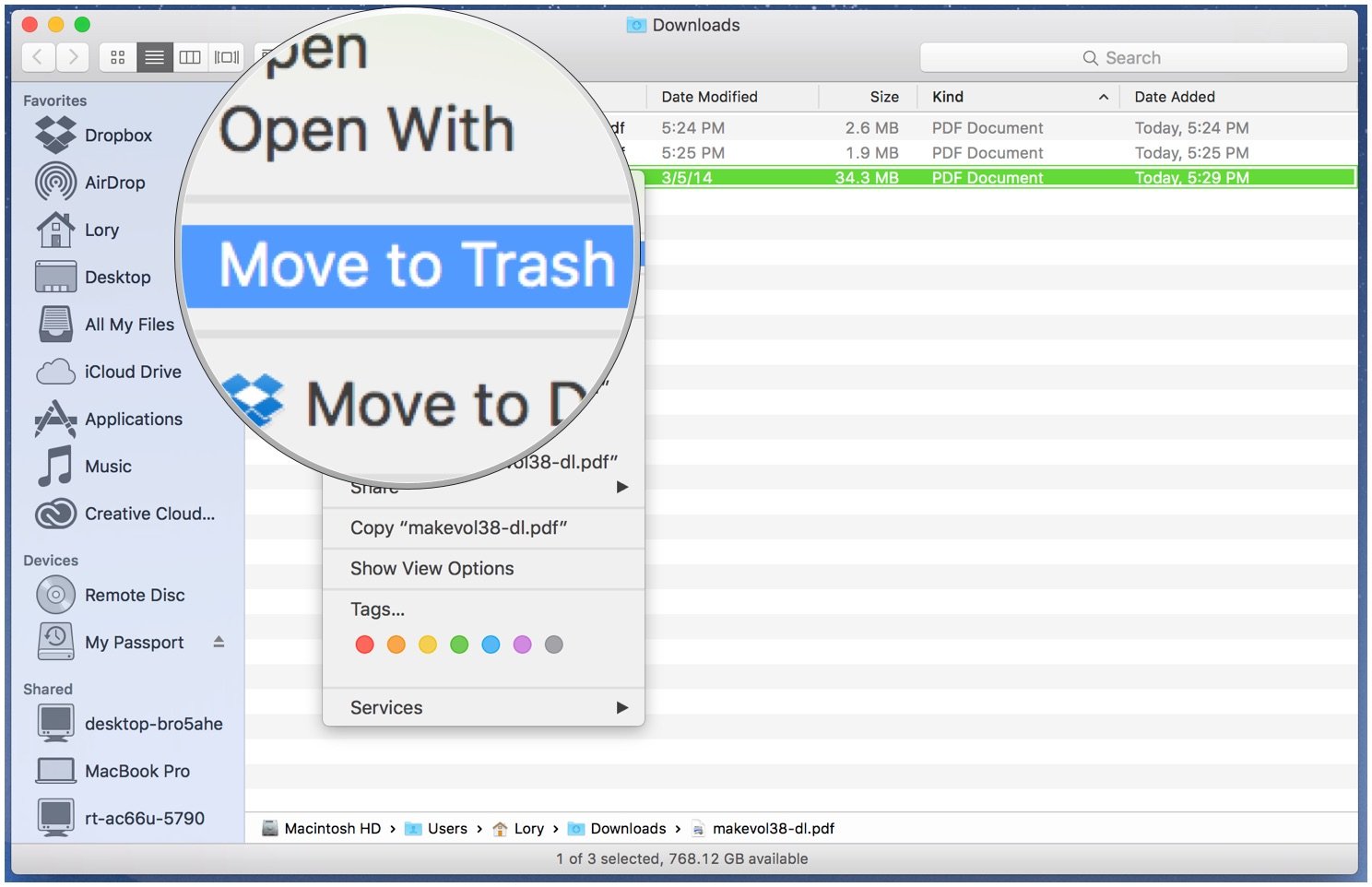
- ACCESS SYSTEM FILES ON MAC FOR CLEANUP ARCHIVE
- ACCESS SYSTEM FILES ON MAC FOR CLEANUP DOWNLOAD
If your client and daemon API are running version 1. Delete unnecessary containers and imagesĬheck whether you have any unnecessary containers and images. In the Disk image location section, click Browse and choose a new location for the disk image.Ĭlick Apply & Restart for the changes to take effect.ĭo not move the file directly in Finder as this can cause Docker Desktop to lose track of the file.

Select Preferences > Resources > Advanced. Note: If you delete an item that you got from the iTunes Store, the. To delete an item, select the file, then click Delete.

Click a category in the sidebar: Applications, Music, TV, Messages, and Books: These categories list files individually. To move the disk image file to a different location: Choose Apple menu > About This Mac, click Storage, then click Manage.
reduce the maximum allowable size of the file. delete unnecessary containers and images, or. If the disk image file is too big, you can: Note that other tools might display space usage of the file in terms of the maximum file size, and not the actual file size. It also displays the maximum size of the disk image and the actual space the disk image is consuming. The Advanced tab displays the location of the disk image. To locate the disk image file, select the Docker icon and then This is different from Docker on Linux, which usually stores containers and images in the /var/lib/docker directory. To work around this, the remote deployment solution may be configured to call first a dummy script that in turn calls the removal tool without any extra arguments.Docker Desktop stores Linux containers and images in a single, large “disk image” file in the Mac filesystem. Remote deployment solutions (Casper, JAMF, et al) that automatically populate shell script arguments ($1, $2, etc) with other data may cause the Symantec tool to throw an error. You can deny this access in the settings under Content Settings, Protected content, and reset the ID using Clear. Any arguments they receive are each assumed to be potential installation points for Symantec products. Symantec provides support for SymantecRemovalTool/RemoveSymantecMacFiles only when running them locally it is the customer's responsibility to integrate SymantecRemovalTool with Apple Remote Desktop or other remote deployment tools.īoth of these tools require no arguments. For more information, please see the readme file included with the SymantecRemovalTool download. As with RemoveSymantecMacFiles, all files and folders that Symantec Mac products have created will be removed therefore, you will lose all files that reside in those folders, including any that you have created manually. It requires no user input when running as root. SymantecRemovalTool (SymantecRemovalTool.zip) is a modification to RemoveSymantecMacFiles, designed to be pushed out using customer's choice of remote deployment tool. On the Terminal menu, click Quit Terminal. The utility RemoveSymantecMacFiles removes all files within Symantec-installed folders, even those you may have created yourself. To quit RemoveSymantecMacFiles without removing any files, type 2. To remove all Symantec files and folders, type 1. NOTE: When you type your password, no characters appear. Type your macOS password, and then press return. If an OS security prompt appears (". can't be opened because it is from an unidentified developer") then use control-click to open and bypass security prompt (see Open a Mac app from an unindentified developer for more information). Double-click mand (if you do not display file extensions, it appears as RemoveSymantecMacFiles). Open the RemoveSymantecMacFiles folder. NOTE: To use this tool, you must be logged in to the Macintosh with an Administrator account with a non-blank password. ACCESS SYSTEM FILES ON MAC FOR CLEANUP ARCHIVE
We recommend using the built-in Archive Utility to expand this file. On the target computer, double-click the RemoveSymantecMacFiles.zip file that you downloaded so that the file expands.  Symantec updates this tool regularly to accommodate changes introduced in newer releases of Symantec Endpoint Protection for Macintosh, so if you have not downloaded it recently, we recommend that you do so now. Download RemoveSymantecMacFiles.zip from article attachments.
Symantec updates this tool regularly to accommodate changes introduced in newer releases of Symantec Endpoint Protection for Macintosh, so if you have not downloaded it recently, we recommend that you do so now. Download RemoveSymantecMacFiles.zip from article attachments. ACCESS SYSTEM FILES ON MAC FOR CLEANUP DOWNLOAD
To download and run RemoveSymantecMacFiles:

The Sfcdetails. Open the Sfcdetails.txt file from your desktop. Verify the date and time entries to determine the problem files that were found the last time that you ran the System File Checker tool. It removes all files and folders for ALL Symantec and Norton products for Mac, including any contents you have created yourself within those folders. The file includes information about files that were not repaired by the System File Checker tool. WARNING: RemoveSymantecMacFiles does not target a single Symantec product.








 0 kommentar(er)
0 kommentar(er)
